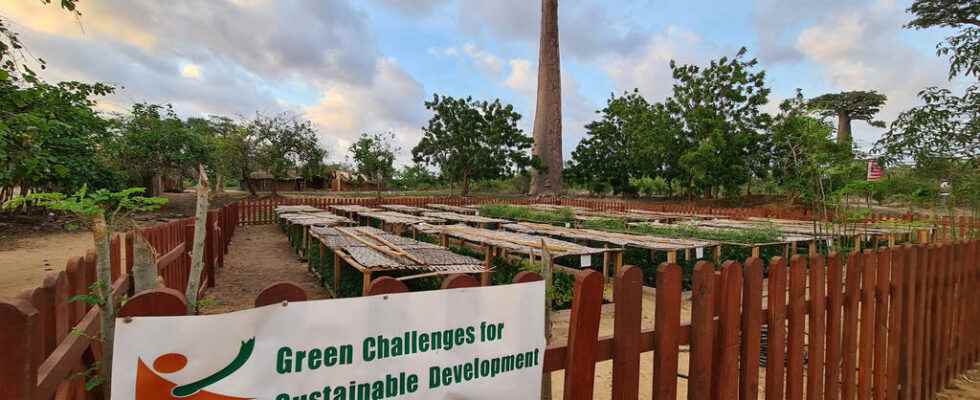A hundred actors on the Big Island from various backgrounds – scientists, government, private sector, donors, NGOs, civil society – have developed a unique document of its kind: a practical guide consisting of 10 principles for successful initiatives. of reforestation. This document has just been approved by the Ministry of the Environment and Sustainable Development. The “10 principles must now be respected by all the actors concerned”, hammered the new minister.
From our correspondent in Antananarivo,
With 44% of the island’s primary forests having disappeared over the past 60 years, there is an urgent need to replant in Madagascar. Everyone here is aware of that. Reforestation initiatives have multiplied over the past two years and have even become the flagship activity of “teambuilding” days, in both the private and public sectors.
Only, explains Jean-Philippe Palasi, the co-founder of Indri, the think tank at the origin of this great reflection of the “10 Principles”, ” It’s often done wrong. Not out of bad will, but because either we will choose species that are not suitable for reforestation sites, or plant in the wrong season (the activities often take place at the end of the rainy season when it should be at the beginning for the plans to receive water, Editor’s note), or because local communities are not involved and that, in Madagascar, is not possible. When people live in extreme poverty, coming to their region, their village and planting trees without involving them is doomed to failure. And there is also what is called reforestation “selfies”, which are more about communication than anything else. »
On the island, good practices exist. But disseminated through a multitude of different documents, often complicated, not easily accessible. Faced with this observation, Indri brought together all the players in reforestation.
Reforestation is vital for Madagascar
” What we have done is really produce a summary with which everyone agrees and which is available to everyone in the hope that all reforestation in Madagascar will become much more qualitative, continues Jean-Philippe Palasi. The most fundamental principle is that reforestation is a long-term commitment. That is to say that it is not limited to the day when the plants are put in the ground. It is necessary to prepare, in the identification of the ground, the choice of essences, the work with the local communities and obviously the follow-up. These plans must be followed over time. The success of reforestation is assessed over 5 years, over 10 years, it is not a snapshot. »
►Also read: In Madagascar, deforestation crystallizes the country’s ills
The guide to the “10 principles of reforestation” also reminds us that reforestation is systematically part of a landscape and to serve an objective: restoring biodiversity, restoring quality water in rivers, allowing people to have lumber, wood energy. ” These goals are different and a deliberate choice must be made from the start of the initiative for reforestation to be useful and serve the country. », recommends Jean-Philippe Palasi. Each principle has been declined in the form of checkboxes to be a real instruction manual at the service of all those involved in reforestation.
Reforestation is vital for Madagascar. Studies have proven that reforestation helps to fight against desertification and drought and to limit the intensity of extreme phenomena such as floods (by regulating water), which have been very deadly since the start of the year.
